Planning for new fencing: A complete guide
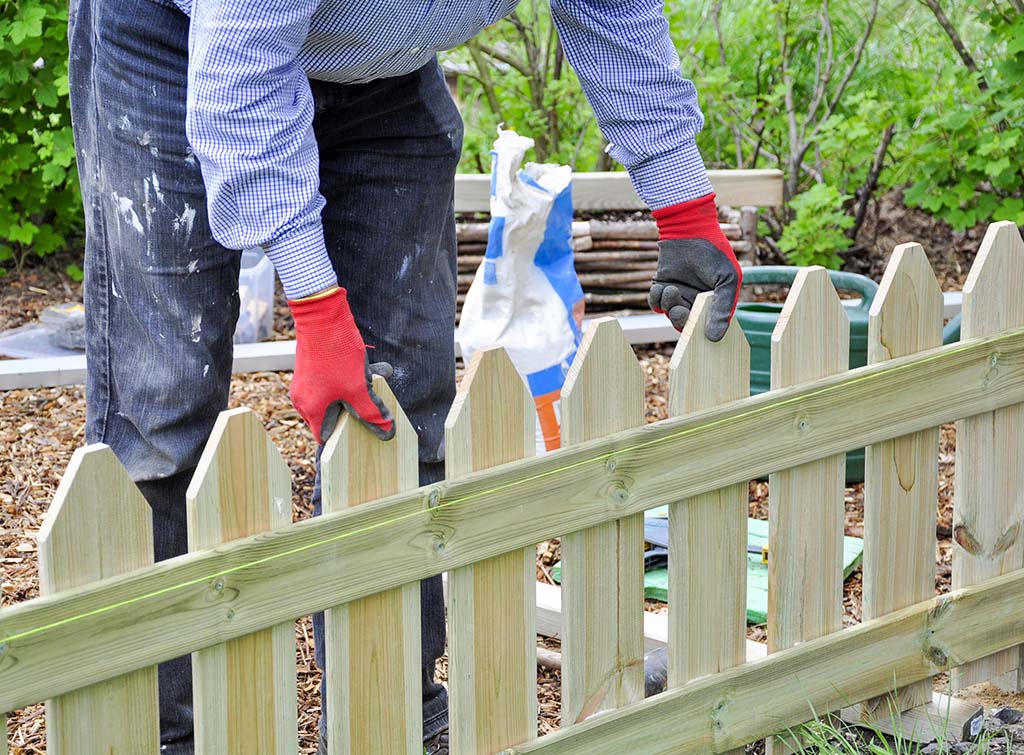
Perhaps your fence has blown over in a storm or maybe it’s time to upgrade your garden with a modern timber screen. Either way, planning for new fencing is key to getting it right.
In this post, we outline different fence styles, whether you need planning permission, and the all-important costs involved.
Where to start with garden fence plans
Garden fence ideas are a smart way to finish off your outside space and define the perimeter of your property.
However, you’ll need to make sure your fence suits your property and the design tempo of your garden.
Here are some questions to ask yourself before you decide on fence design plans.
1. What’s the purpose of your fence?
Work out what you want from your fence before you go any further. This will impact on style, cost and who should install your fence.
- Are you planning for new fencing in your front or back garden – or both?
- Is your fence purely for decoration – a mini garden makeover for the summer months?
- Do you want a fence that creates privacy to make your garden more private from neighbours?
- Is security a priority with a new fence? Do you want to make it harder for burglars to gain access?
- Do you want to create separate zones and areas in your garden?
- Perhaps you need to replace an older, broken fence?
2. What sort of fence design do you prefer?
Explore all the options, including traditional picket fences, natural willow screens and chainlink fencing.
Pick a material that suits the age and style of your home, but remember maintenance, too. Plastic and metal need very little maintenance.
A wooden fence, however, needs regular painting or staining to protect it from the elements. And this will come at an extra cost if you don’t maintain the fence yourself.
3. How much privacy do you want?
Tall vertical panels create privacy around your garden, which might be a key factor at the back of your house.
However, do consider how much light solid fence panels will block out. If so, a lattice fence or screen might be a better solution.
They create privacy but allow sunshine to filter through at the same time.
Remember, there are rules and regulations for the height of front garden fence ideas. Planning regulations might apply. We’ll cover this in more detail later on in the guide.
4. How about building a fence on a budget?
If you’re a confident DIY-er you could consider reducing fencing costs by installing it yourself.
However, you should only think about this if you have a strong skill set and require just a simple, lightweight fence.
Only tackle this if you think you can install fencing to a high standard. Otherwise, you’ll end up with a poor job which will cost to put right.
Head to our guide on how to build a fence and discover step-by-step instructions for building featheredge, picket, wire and wooden fences.
Fencing isn’t easy, though, and hiring a professional will guarantee a high-quality finish and save you time.
As such, any finished fence is likely to look better and last longer if an expert makes it.
Find a reputable fencing contractor near you who can give you advice and a personalised cost to install a fence, by using our free search feature.
5. What about fence ownership and responsibility?
It’s important to find out who owns the fence that surrounds your property. Who is responsible for any maintenance and what happens if it needs repairing?
Look at the title deeds of your property, which should clearly outline fence boundaries. This document is inexpensive and can be obtained through the Land Registry.
Fence ownership might be trickier if the deeds don’t specify who is responsible for any maintenance (indicated by a “T” on one side of the border).
If you put up the fence in the first place or have maintained it, you will usually be held liable for any future upkeep or replacement.
You will need to ask permission if you want to modify a boundary fence for which your neighbour is legally responsible.
Likewise, your neighbour should speak to you in advance if you usually take care of the fence.
You should check out our fence ownership and responsibilities guide to learn more about owning a fence. It’s full of tips to prevent legal issues down the line.
Garden fence designs
From wooden fencing panels to willow screens and metal railings, there’s a garden fence for every home.
Garden fence designs are broadly split into solid fence panels and decorative or semi-solid fence panels.
Know the differences between the two to make planning for new fencing a little easier.
Solid fence panels
- Manufactured without gaps between the slats so the result is strong, solid and durable
- This solid screen offers the best solution for privacy and concealment
- Featherboard fencing is a popular design used throughout the UK for a timeless look
- Use good quality timber for strong construction
- Composite fencing is another option
Decorative or semi-solid fence panels
- Decorative fencing makes a statement in your garden
- Try horizontal timber slats with small gaps for a contemporary look
- Lattice or trellis fencing creates a more open feel, perfect for climbing plants
- Decorative fence panels can also be used for semi-visible screens and garden dividers
- Look out for tongue and groove fencing and hit-and-miss decorative fencing
Be inspired by our garden fence ideas blog when planning for new fencing. It’s packed with creative and practical fence designs.
8 different fence designs
1. Solid overlap fence panels
Choose traditional solid fence panels for strong, practical garden boundaries.
Overlap fence panels consist of horizontal boards overlapping each other, finished with either a waney edge design or a modern straight-cut finish.
These are popular and affordable fence panels that offer a good level of privacy and security.
2. Feather edge fencing
Another popular solid fence design is made using vertical featheredge boards that partially overlap and fix to horizontal support rails.
Fence panels are durable and strong and offer excellent security and privacy.
3. Tongue and groove fencing
If you’re looking for a more high-spec fence, seek out tongue and groove fence panels.
With a high level of strength and security, these are constructed from thick interlocking boards for a sleek, premium finish.
Do be aware that you’ll need a bigger budget for this sort of fencing.
4. Picket fencing
If you love classic, country style, choose a wooden picket fence for your front garden.
Painted wood designs are traditional, although low-maintenance vinyl fencing is now available.
Picket fences define borders with the pavement and a neighbour’s property without blocking out light and a pedestrian’s view.
5. Slatted fencing
Modern horizontal slats create a cool and contemporary fence design.
Choose single-slatted for partial screening or double-slatted for extra privacy (which also looks the same on both sides).
6. Classic post and rail fencing
Add boundaries to a garden with a post and rail fence. This classic wooden fence was traditionally used for containing livestock – but works well if you have a particularly large space to fence off.
It’s a great fence solution if you don’t want to impede views on to countryside or woodland.
7. Willow fencing
Create a gorgeous rustic garden mood with sturdy willow fencing. Made from willow canes woven together, these natural fences are held together by galvanised wire.
It’s a sustainable choice which allows light and air to pass freely through the gaps into the garden.
8. Metal railings
Metal fencing is a neat way to finish off your front garden.
Available in different styles from decorative metal railings to mesh panels and simple, metal flat bar designs.
Choose from hot dip galvanised or zinc alloy coated metal fencing for a super durable material.
How much does it cost to build a fence by a professional?
As we previously mentioned, it is a great choice to hire a tradesperson to build a fence for you.
If you do plan to go down this route, it’s useful to know how much this will cost on average.
Do be aware that, the amount you pay will vary depending on various factors such as size and style of fencing.
The average cost for fencing panels is £45 and the average cost of fence installation is £1,600 (4ft high) – £2,200 (6ft high).
Of course, once your fence has been built, it is important to protect it from the elements. You can do this by painting or staining the fence.
If you would prefer to hire a professional for this job, you will pay an average cost of £6 for the paint (materials only) per panel.
The average cost of labour is £175 per day.
For further guidance, please see our fence panel installation cost guide and our fence painting cost guide.
Do you need planning permission for a fence?
Planning permission isn’t generally needed if you wish to erect a new fence or alter an existing one.
However, planning regulations may apply if the fence is:
- Next to a road and over 1m high
- Over 2m high and not next to a road
- If your house is listed
- If the fence forms a boundary with a listed building
- If you live in a conservation area, you might need permission to take down a fence.
Find an expert to build a fence
Using a professional to build your fence will guarantee a certain level of quality for installation, weather resistance and durability.
A reputable fencing contractor near you can help with your fence-building project.
Alternatively, try contacting a builder or landscape gardener with expertise and experience in hard landscaping and fencing.
Now you know more about what to expect when planning for new fencing, it might be time to start the project.
Use our handy search engine to connect with vetted tradespeople near to your home.

We check the reviews on Checkatrade are from real people, and that trades meet our high standards.
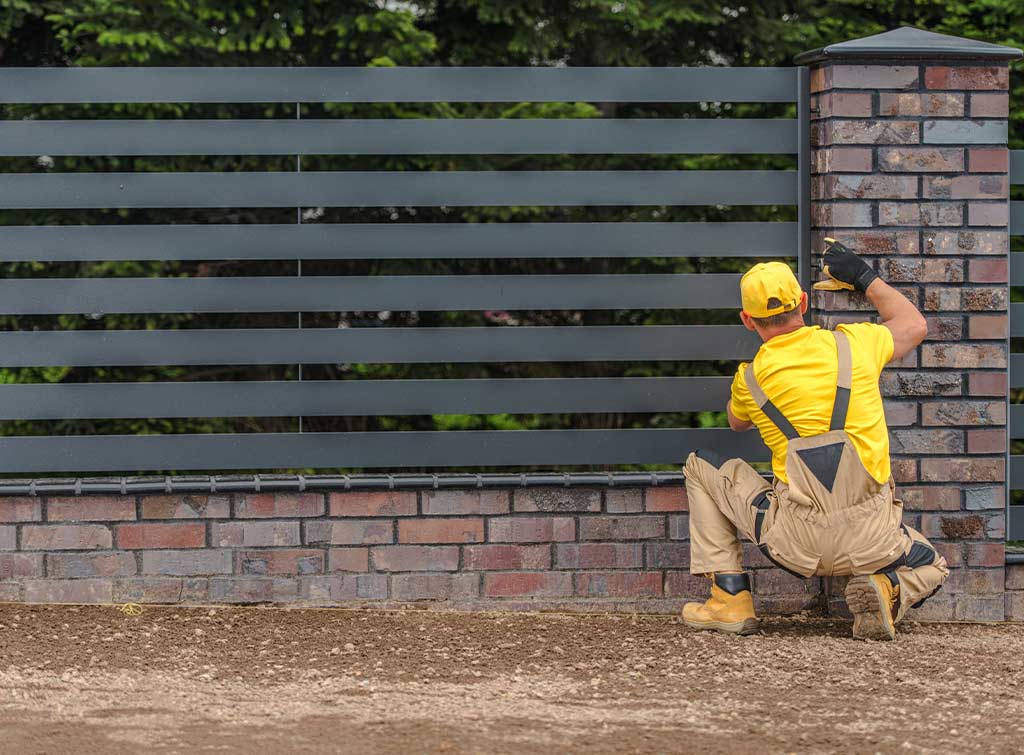
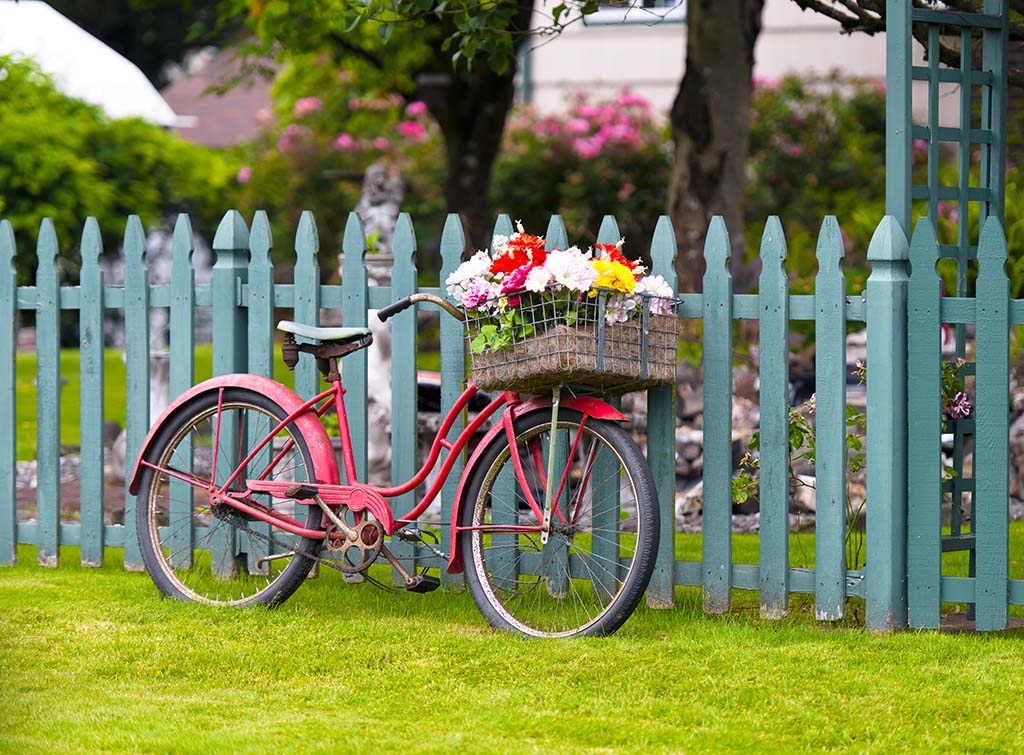
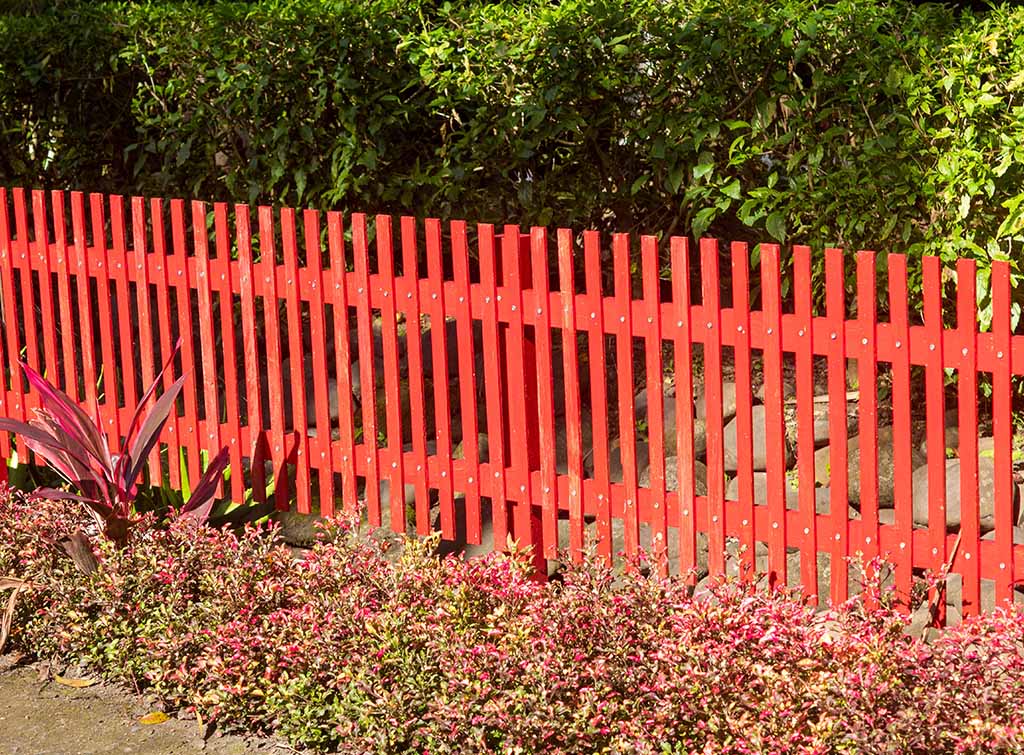
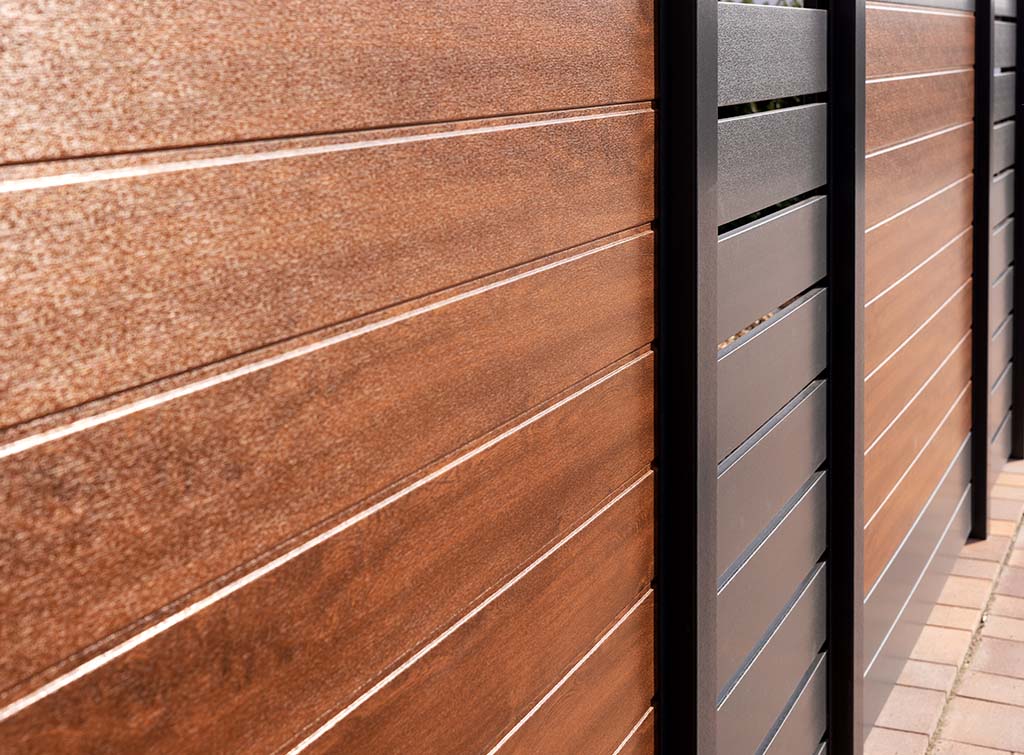
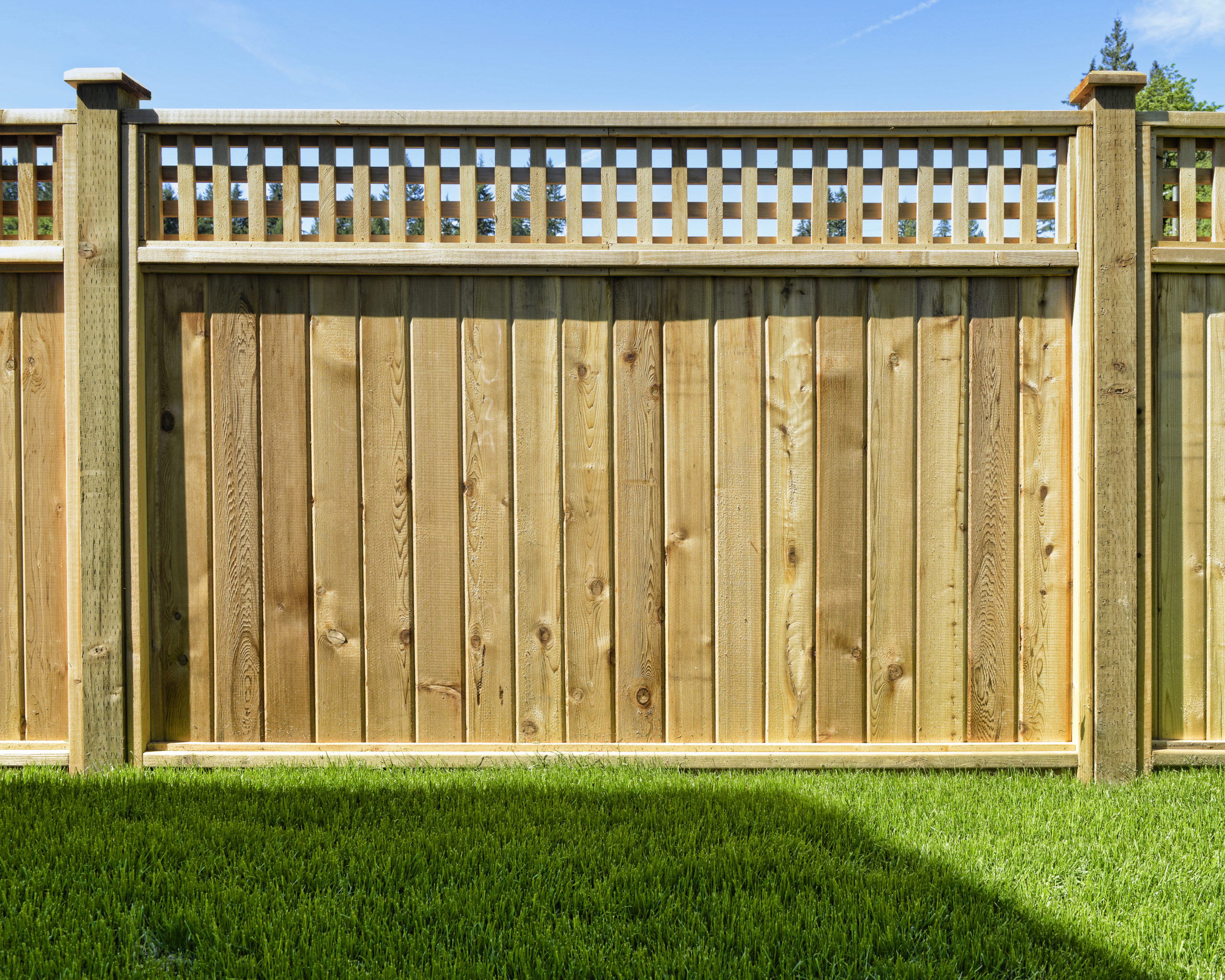
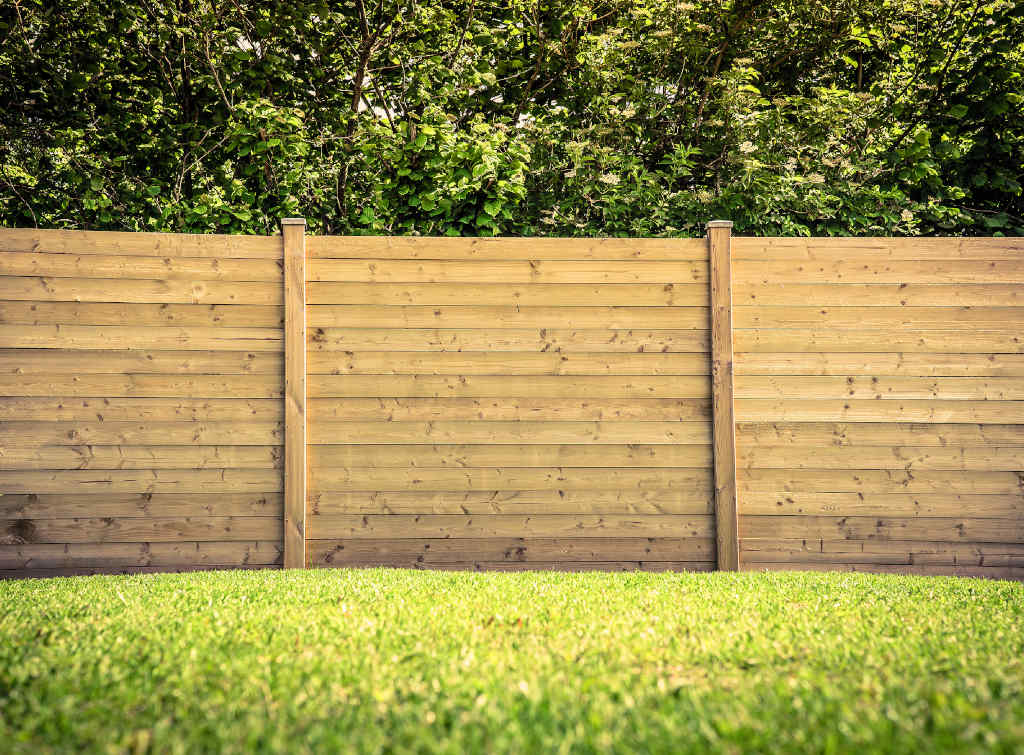
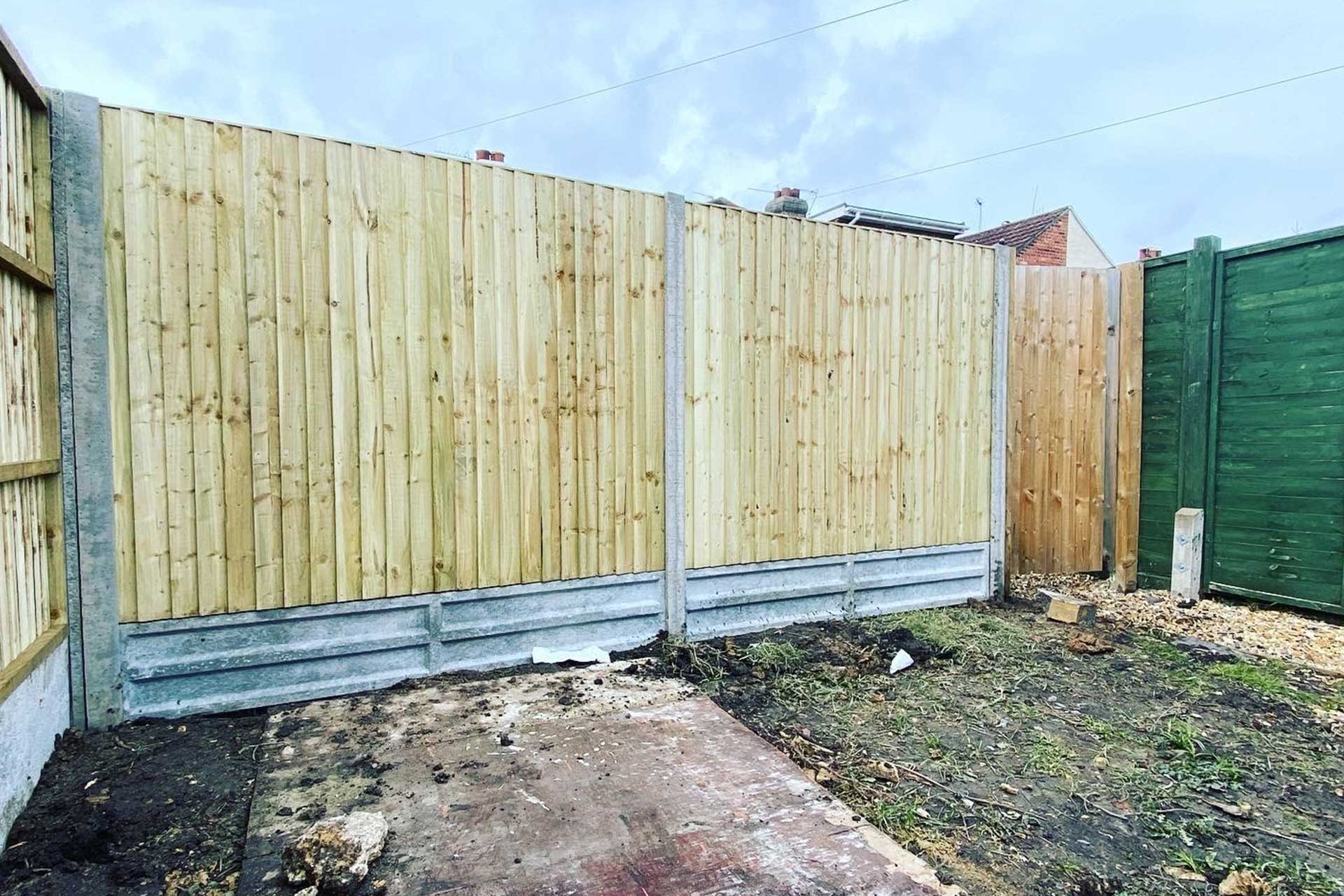
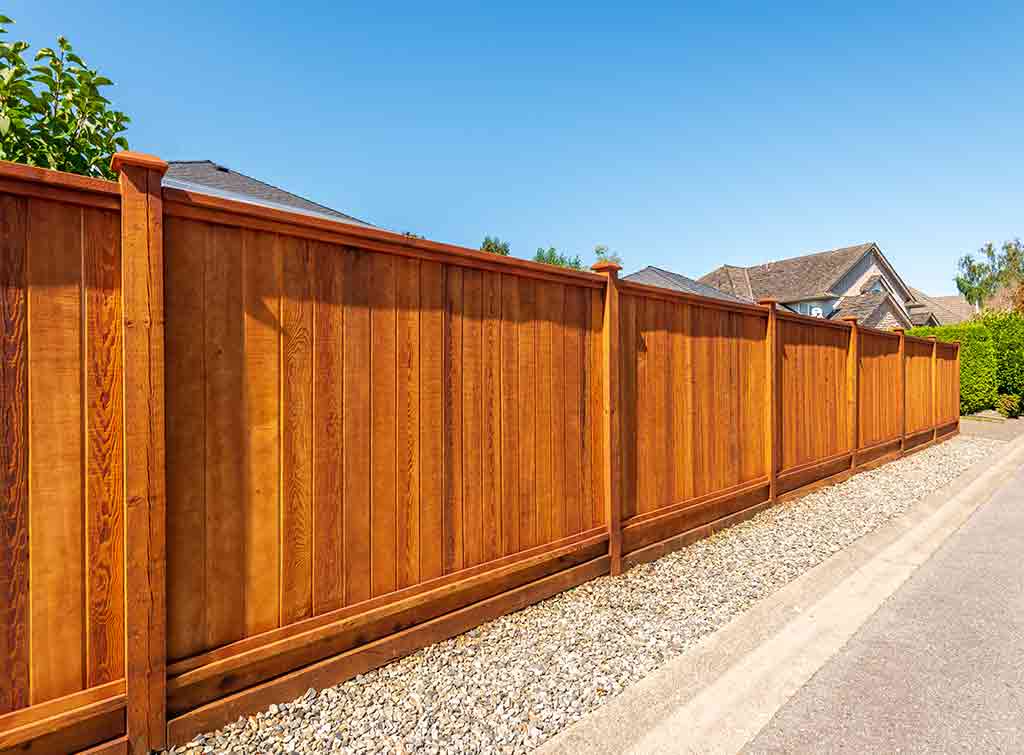
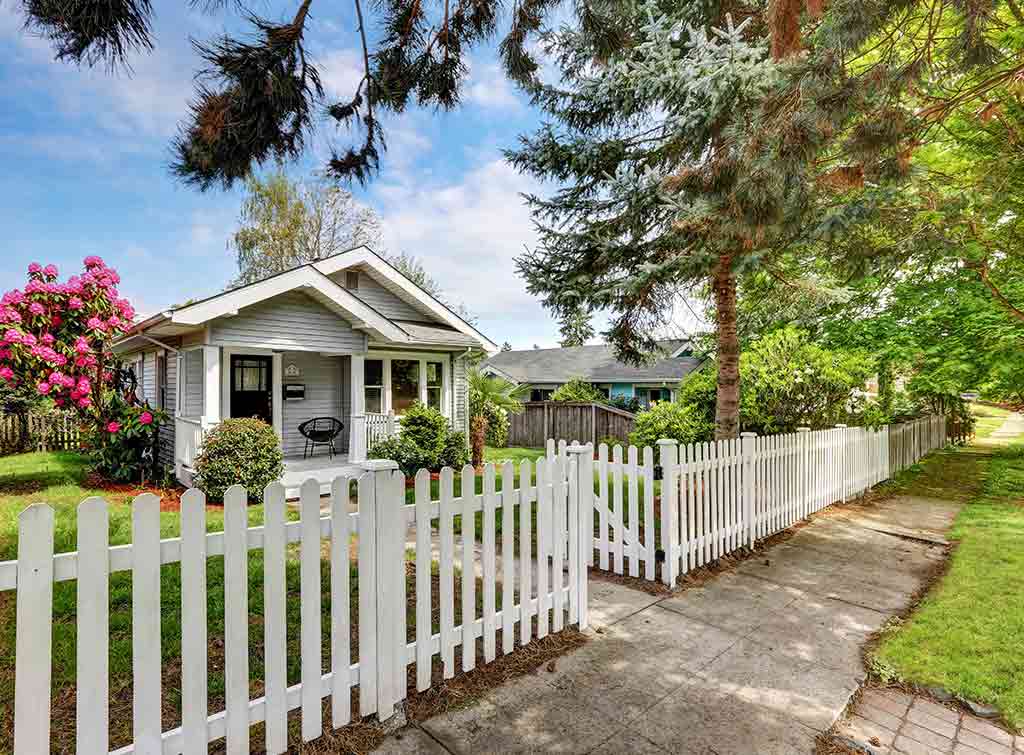
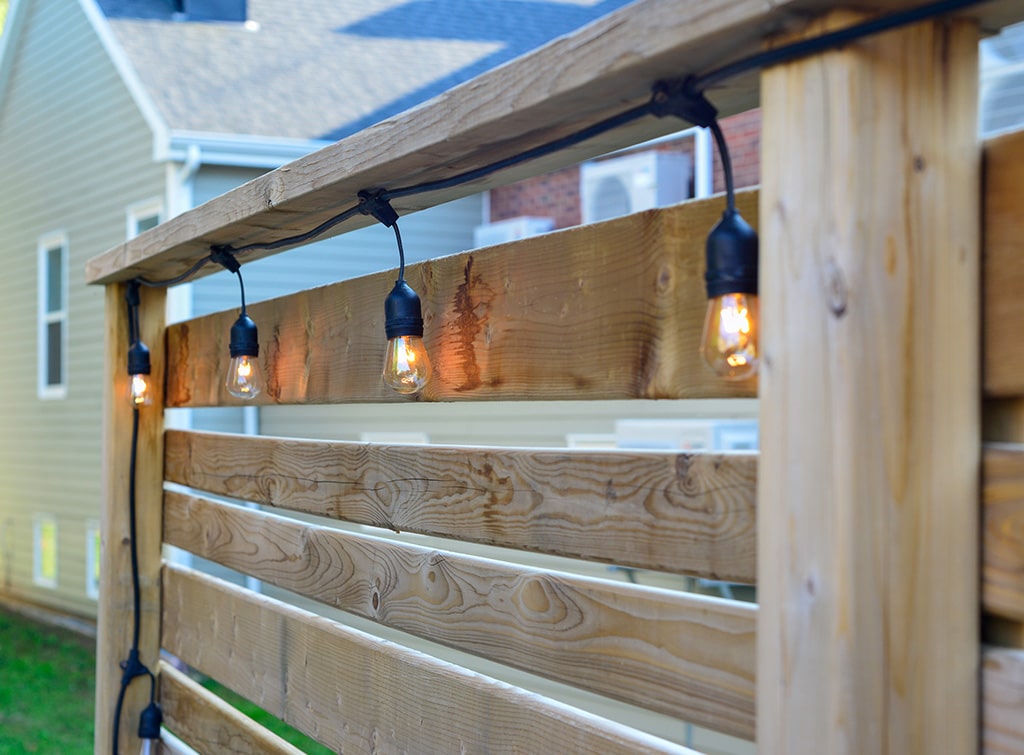
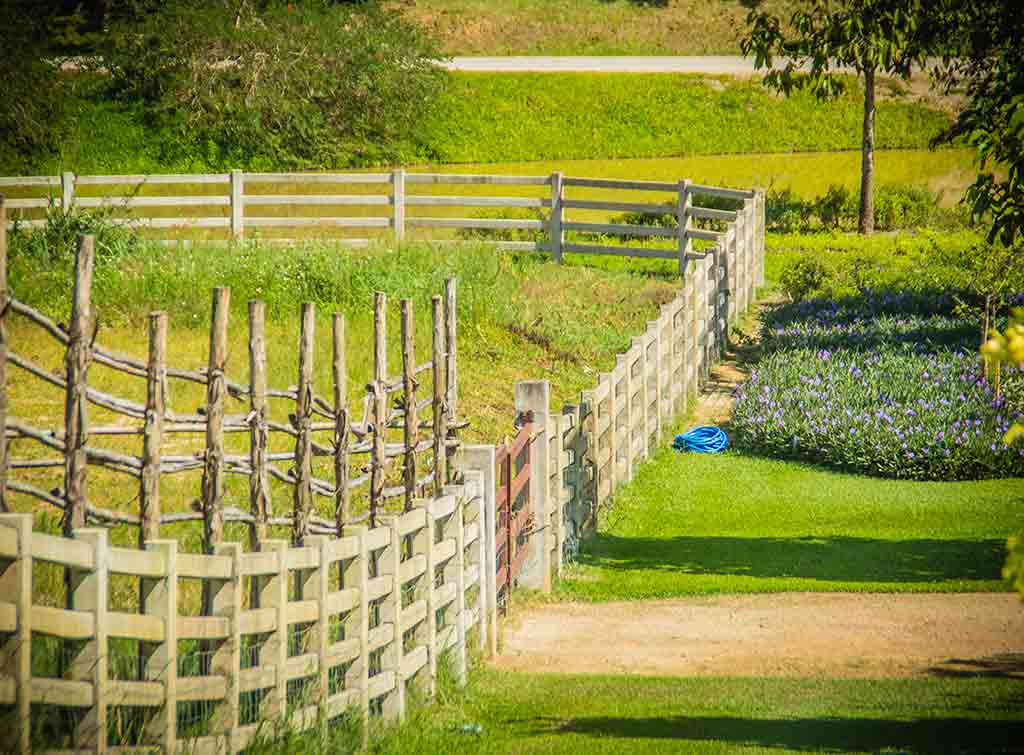
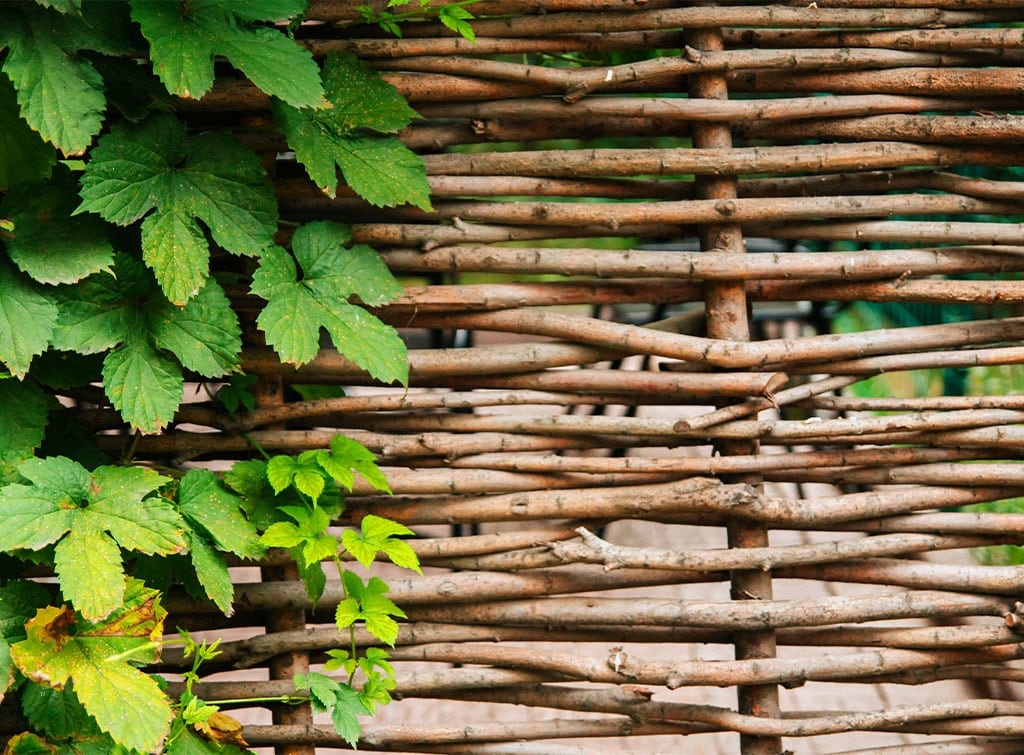
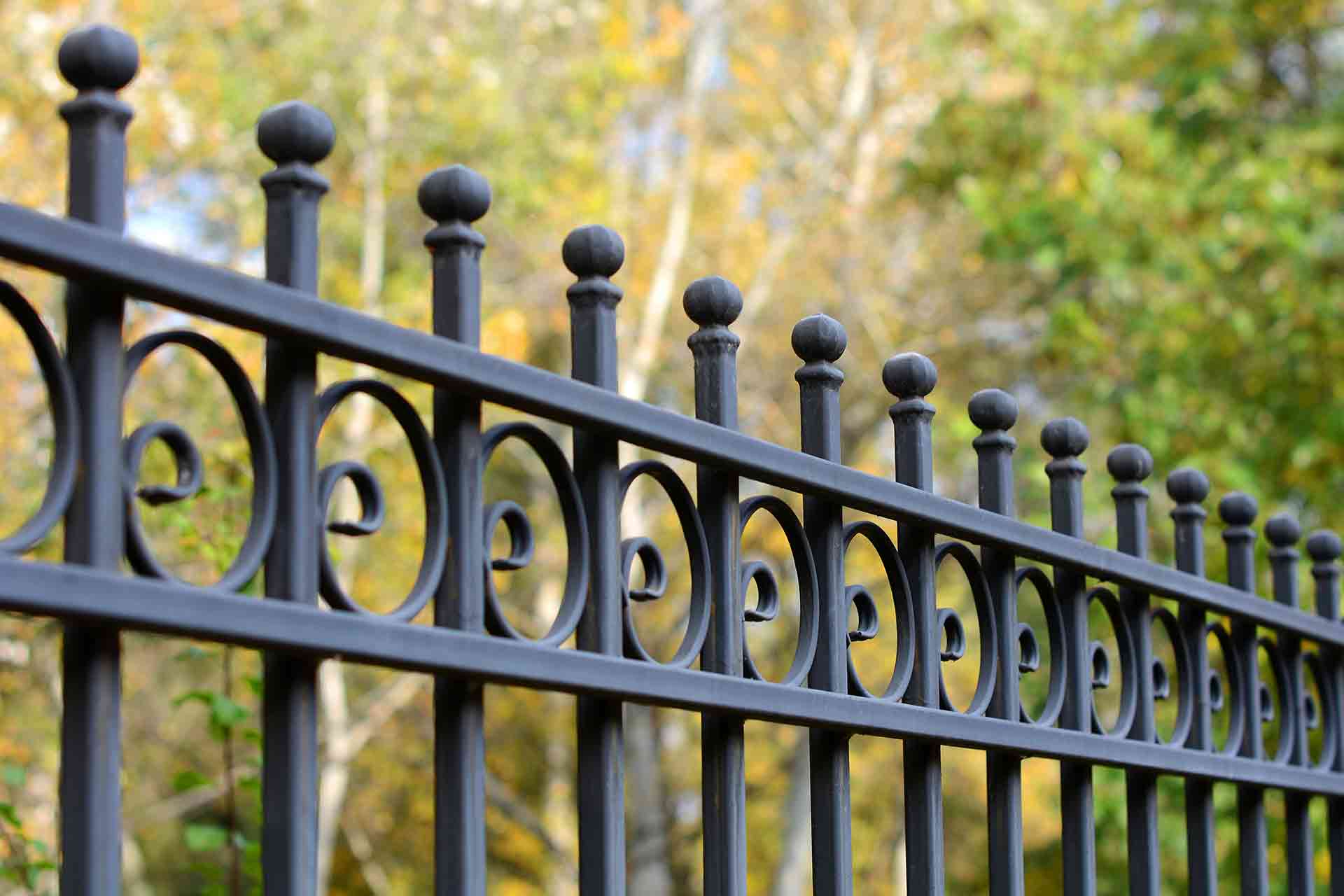
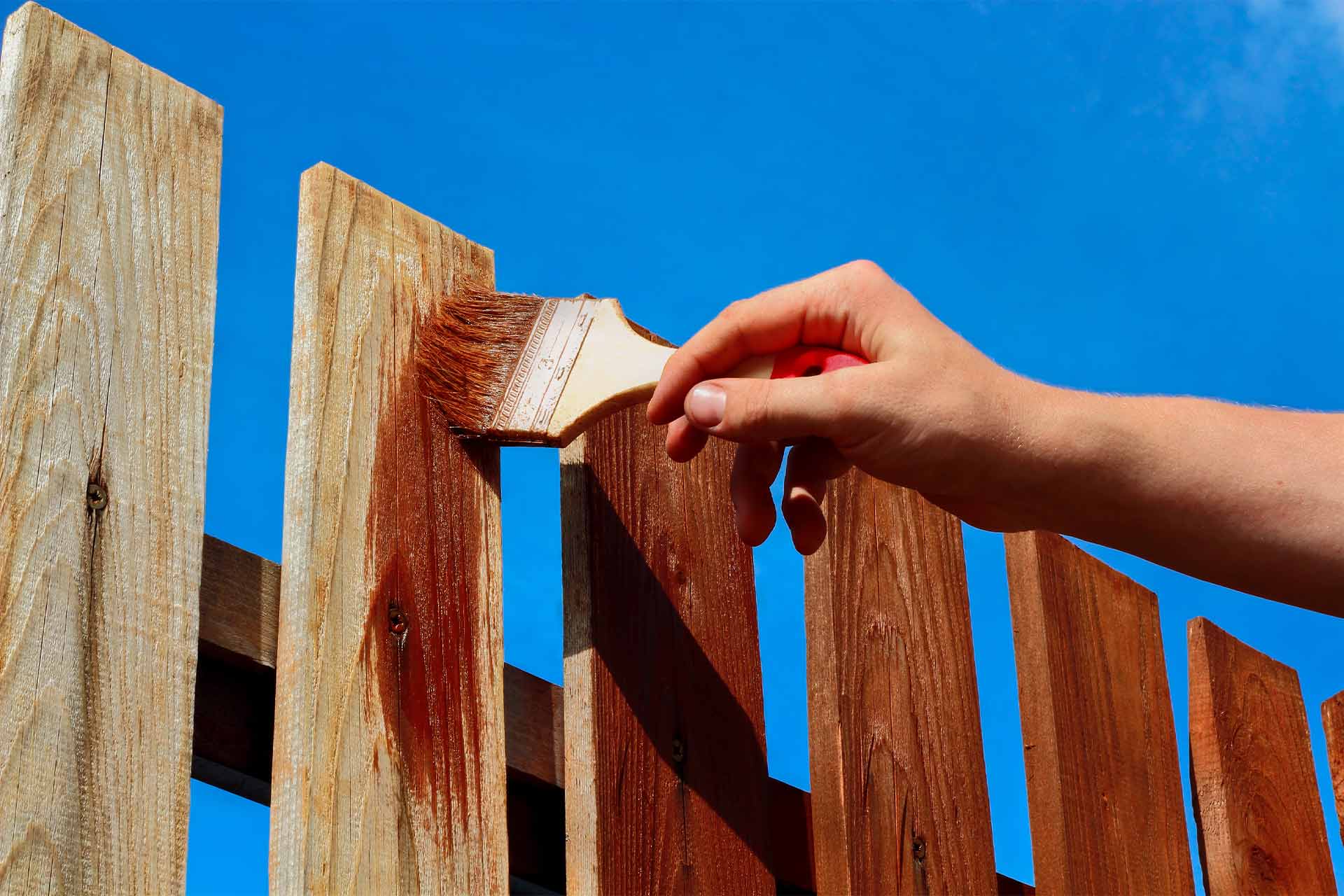
No comments yet!